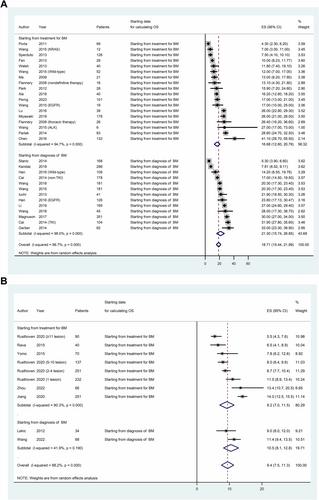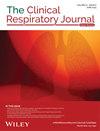Comprehensive Analysis of Lung Cancer Metastasis: Sites, Rates, Survival, and Risk Factors—A Systematic Review and Meta-Analysis
Abstract
Objectives
Lung cancer metastasis constitutes a critical aspect of disease progression and patient outcomes. It is imperative to illuminate the complex landscape of lung cancer metastasis, offering a thorough evaluation of sites, rates, risk factors, and survival implications.
Methods
Studies on the prevalence of lung cancer metastasis, the risk factors, the overall survival (OS) after metastasis, or the risk factors for OS were included. Two independent reviewers used a standardized data extraction and quality assessment form. Hazard ratios and confidence intervals were calculated using random-effects or fixed-effects models.
Results
This systematic meta-analysis included 115 clinical trials. Prevalent metastatic sites in non-small cell lung carcinoma (NSCLC) encompassed brain (29%), bone (25%), adrenal gland (15%), liver (13%), and skin (3%). However, small cell lung carcinoma (SCLC) primarily metastasized to liver (33%), brain (30%), bone (27%), adrenal gland (10%), and pericardium (3%). The risk factors for brain metastases in NSCLC included lung adenocarcinoma, EGFR mutations, and prophylactic cranial irradiation (PCI); in SCLC brain metastasis, age and PCI were influential. The median OS after brain metastasis in NSCLC and SCLC was 21.3 and 10.5 months, respectively, while liver or bone metastases were notably linked to poorer survival. The factors influencing OS in NSCLC brain metastasis included age, EGFR mutations, and stereotactic radiosurgery. For SCLC brain metastasis, OS was notably impacted by gender, smoking status, the number of brain metastases, and radiotherapy.
Conclusion
This study provided insights into lung cancer metastasis. The results revealed the metastatic rates, risk factors, and OS to assist clinical decision-making.


 求助内容:
求助内容: 应助结果提醒方式:
应助结果提醒方式:


